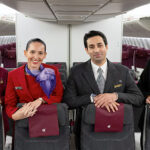
QANTAS: Applies the razor to cabin staff on MEL-SYD flights
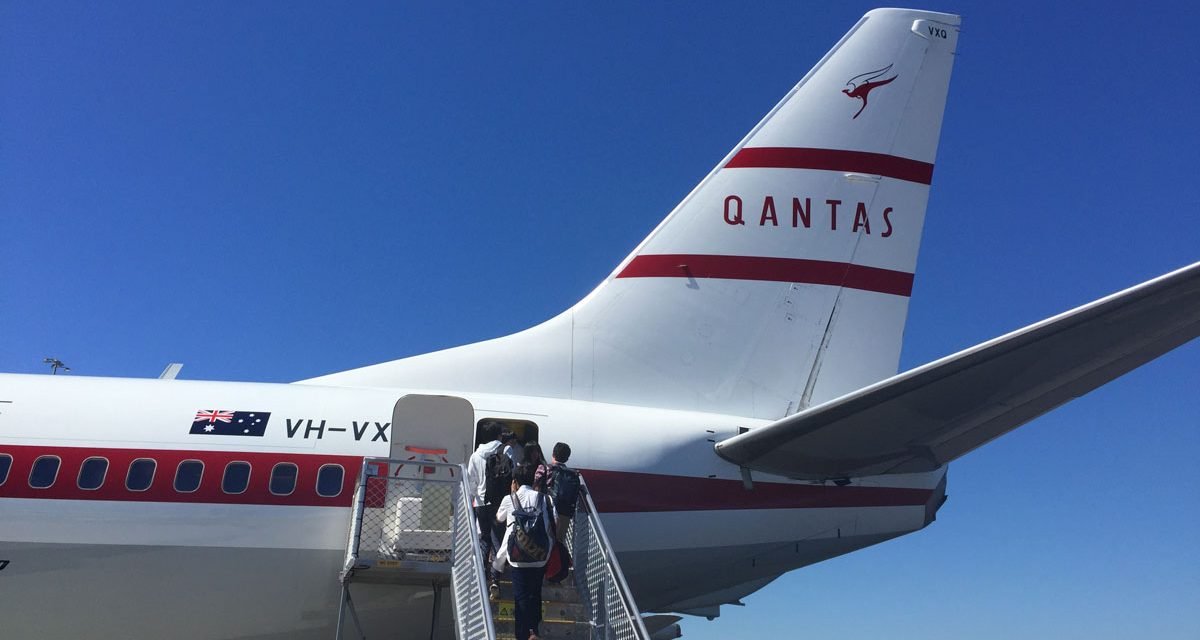
Last week Qantas confirmed that it was outsourcing about 2,000 ground-handling jobs to companies like Menzies and Swissport. That takes staff cuts across the group to about 8,500 or roughly a third of the pre-COVID-19 workforce.
Today we hear that the airline is planning on cutting cabin crew on its highly lucrative route between Sydney and Melbourne. According to Patrick Hatch at the SMH, the plan is to reduce cabin attendants from 5 to 4 on these short capital city hops flown by Boeing 737-800’s.
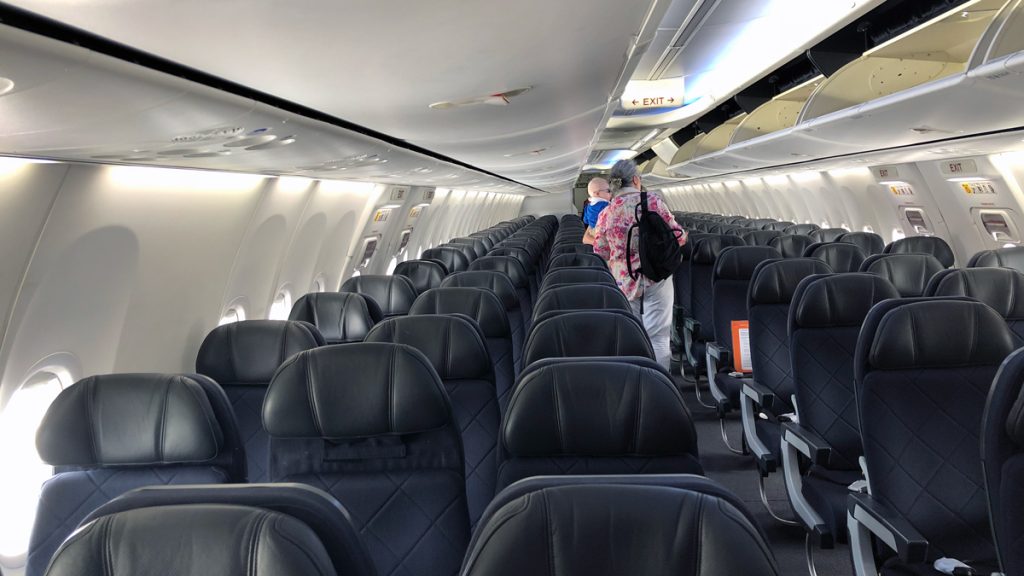
Content of this Post:
Background
On most domestic capital city routes, Qantas currently only has 4 flight attendants. However on the Sydney-Melbourne route (and some others, including Coolangatta/Canberra), because it is relatively short, they have used 5 staff to ensure the appropriate levels of service on this quick turn around flight.
The first trial flight with reduced staff on this route was operated last Friday (4 December). If service levels can be maintained, then this will be the new template of staffing on the route.
Given the current COVID-19 related reduced catering services on these flights – that probably won’t be too difficult. In fact, they reduced staffing to 4 person crews when they suspended alcohol service and limited onboard food service to reduce contact between passengers and crew back in June on the Sydney/Melbourne route.
Expect the lower staffing to stay.

But wait – there’s more!
The SMH is also reporting that Qantas is removing one of the two portable emergency beacons (Emergency Locator Transmitter or ELT) from each of its Boeing 737’s and also on its Airbus A330’s. The cost-cutting will occur on equipment purchase with additional small savings on maintenance and pre-flight checks.
Qantas prides itself on its safety record, and so has supplied above the minimum requirement of 1 portable ELT beacon per aircraft. The portable beacon is taken by staff onto – for instance – a life raft should there be a water evacuation.
The company has denied this reduction to a single ELT will affect safety levels, which of course begs the question why did they stock the extra one in the first place then?
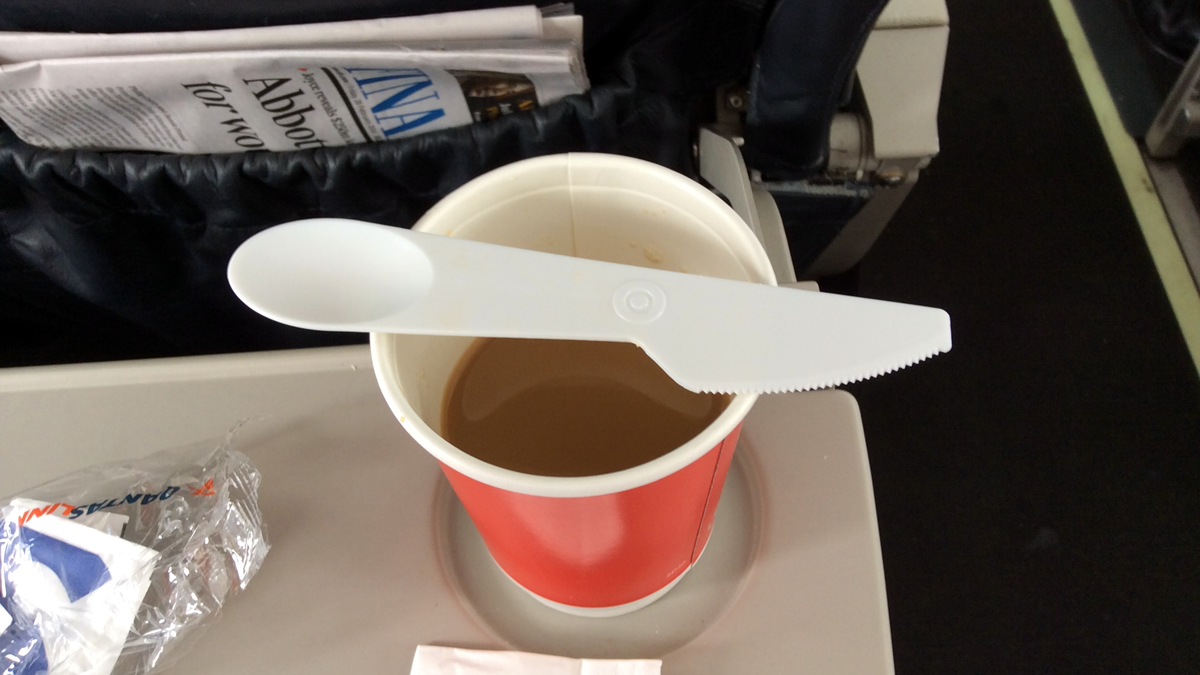
Cost cutting
Qantas has been king-hit in the balance sheet by the pandemic, recording new debt of AU$1.5 billion not to mention already losing AU$11 billion worth of revenue in the current financial year. Having said that, Qantas is back to nearly 70% of pre-COVID-19 domestic operations, with the expectation that will increase to 80% early in 2021. It is also in the process of re-opening all its airport lounges. Of course, all international passenger operations are still in hibernation with the exception of trans-Tasman routes.
The airline has also announced the closure of service/sales desks at airports and within Qantas lounges, which will result in about 100 redundancies.
Qantas intends to cut AU$1 billion from its annual costs in the quest to recover from the financial hit of the COVID-19 pandemic.
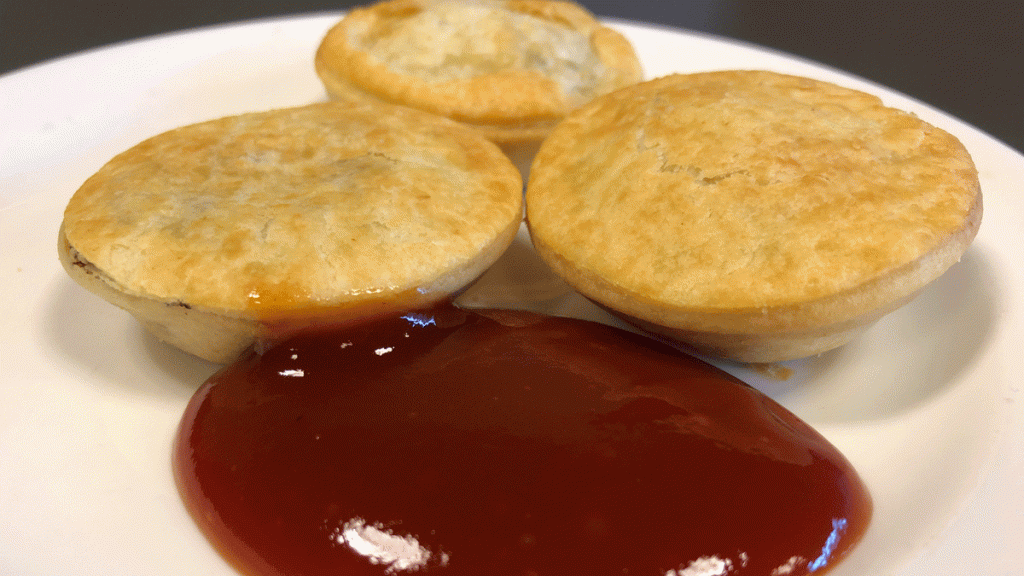
2PAXfly Takeout
This is another timely reminder to wear your seatbelt when seated. Holding you close to your seat will protect you from the sort of injuries sustained on this flight, when unsecured passengers flew to the ceiling of the aircraft, and then came crashing down once the ‘drop’ ceased.
The hope will be that this is an anomaly – a ‘freak accident’ in casual parlance. If it is a systemic error either mechanical or electronic, then this is a larger concern for the airlines that fly Boeing Dreamliner 787 aircraft. Let’s hope it isn’t. If it is, it will pile on the woes to Boeing’s existing stack.
There is no doubt that without some service re-design, this reduction in cabin staff will affect service levels. If it didn’t, then the airline would have reduced the staffing on these flights years ago.
The reduction will also affect boarding, as there will be only one cabin crew member scanning your boarding pass. That is sure to piss passengers off and affect on-time departure. To prevent this – Qantas will allocate a ground crew member to assist.
Qantas is clever at re-designing service. Let’s hope that the effect on passengers will be minimal, so that the premium they charge for economy and business over and above what Virgin Australia, Jetstar, and soon, REX will charge makes the extra hip pocket hit worth it.
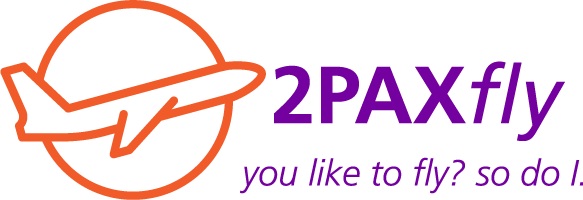

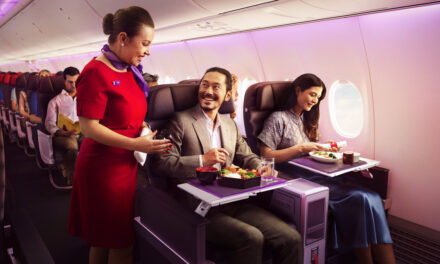
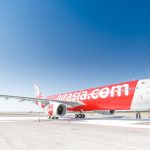

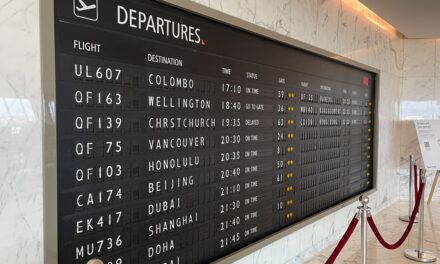
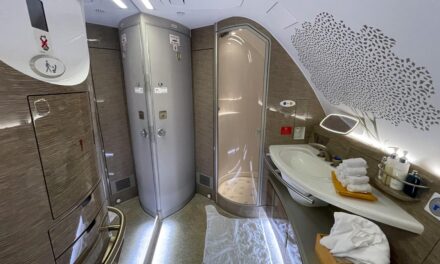
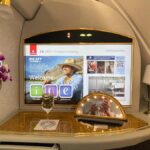
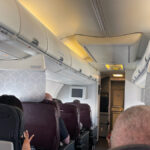



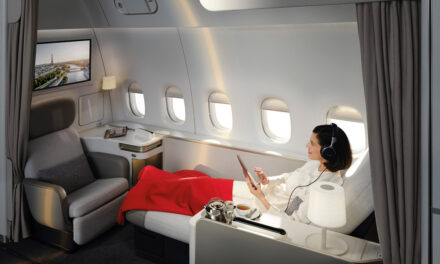
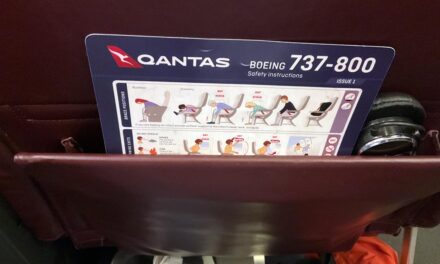
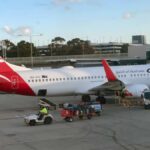

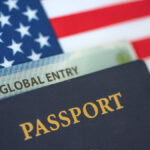

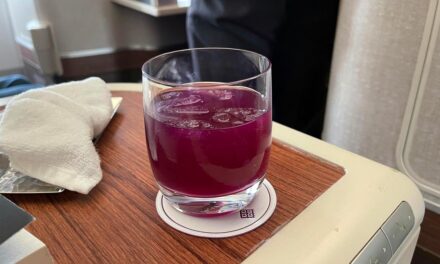
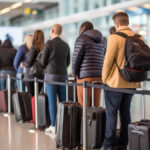
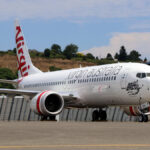

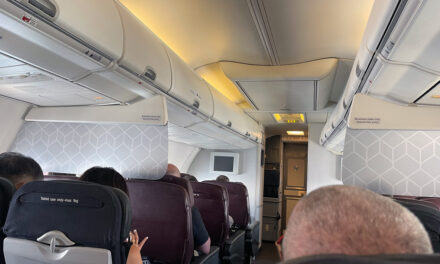



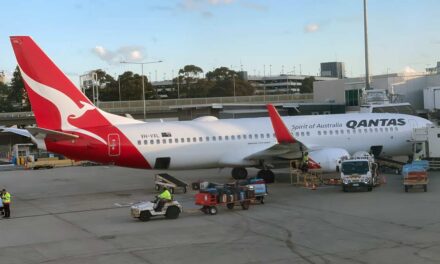

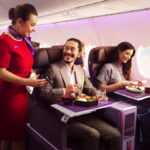


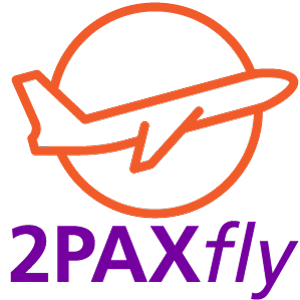
What did you say?